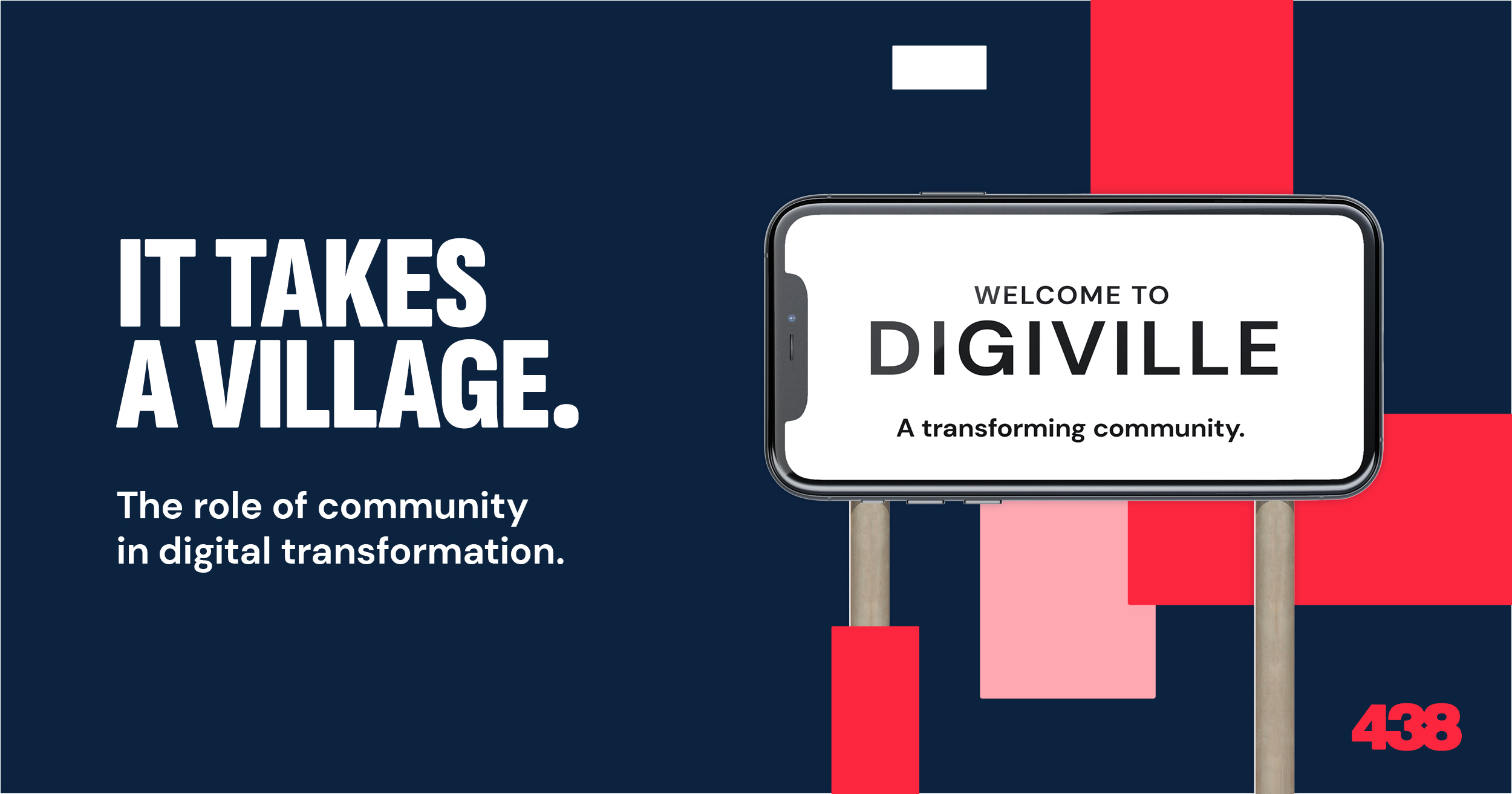All too often, we see brands get wrapped up in focusing on the digital part of digital transformation at the expense of the transformation part. Unfortunately, this leaves behind the most essential component – people.
Because while technology may be increasingly intelligent, the decisions and strategies we deploy around it must remain deeply intuitive to our audience and our users. Or, as Microsoft puts it so succinctly, ‘Transformation equals innovation plus engagement’. So, before you pass go, make sure the effect on the employee experience is central to your digital transformation strategy. Especially as, in increasingly fractured workplaces where remote working is now an employee expectation, evidence shows that many employers are failing to engage with their teams.
What does this look like in real life? With employee experience central to your digital transformation strategy, take the time to explore new ways to reach and engage a diverse workforce, and leverage relevant technologies and communication avenues that audiences connect with.
Creating a culture of communication
Of the 70 percent of enterprises that fail to create real value from their digital transformation efforts, 62 percent cited culture as the number one hurdle. For digital transformation to become easier, we must therefore introduce it sensitively, creating space for different groups of people across the organisation to not only process new ways of doing things, but to feel competent and confident in employing them.
The reality, however, is that user groups are often engaged to create a business case, then pushed to one side to pick up again once the project is ready to go. But not only does this provide inefficient feedback for the development process, it also shuts down communication with those who have the most influence to drive advocacy.
Conversely, projects that prioritise frequent and open communication from day one often garner followers stepping forward voluntarily to support the project from the very beginning. Building a community first is a powerful strategy for building long-term resilience. By working to focus a project on its users from the outset; identifying the best communication channels, integrating incentives, and of course specific messaging that speaks to feelings of inclusion and agency, organisations can prompt users to get on board from the get-go.
Compare this to hoping that a loud launch campaign, followed by senior stakeholders pushing and promoting, first politely but eventually with ultimatums, will be enough to drive successful adoption. Well, which method would be most likely to get you on board?
Shared community goals – what do we have to gain?
Whether to optimise processes and operations, gain a competitive advantage, increase top-line growth, or improve the customer experience, having a shared goal forms the foundation of transformation. The next? Buy-in from stakeholders who recognise not only what they can contribute to the initiative but what they stand to gain.
All too often, business leaders want to undertake digital transformation for its own sake. However, skip over the ‘WHY are we doing this?’ to get to the ‘what,’ ‘where’, and ‘how’ of the project and your end goal and the expected return on investment (ROI) will be severely lacking. Taking time to work out a well-defined, clearly identifiable, and memorable goal for digital transformation, with a motivating purpose and a laudable ambition, ensures that the project will have real, measurable value in cost, time, productivity, efficiency or any other key performance indicators that make it worthwhile.
And take the time to share this with your stakeholders. Half of the respondents in high- performing transformations said it was this vision that energised and inspired them to go the extra mile (versus 29% of respondents in low-performing transformations). But remember that transformation, by its very nature, is not a linear process so allow opportunities for experimentation and new ideas and create a culture of acceptance around failure and learning. When employees understand where their company is headed, how they contribute to that larger purpose, and how they’ll benefit as a result, they’re much more likely to be engaged.
The bottom line? Successful digital transformation is all about seeing and creating a brighter and better future. It can’t be created by technology alone; and won’t be enabled by software. Instead, it requires open communication between you and your employees, a dedication to a common purpose, and a culture of innovation.
Looking at the problem with a fresh pair of eyes
Lots to consider, eh? If you’re currently in the process of digital transformation and this has made you question your direction, or you’ve been burying your head in the sand, knowing you need to do something, but aren’t quite sure where to start, why not speak to us about Humaneyes…
Humaneyes is 438’s proprietary analysis tool, designed to examine, analyse, and open your eyes to the impact and effectiveness – in human terms – of your digital transformation project.
Borne from the world of creative consumer advertising, in which everything starts with audience insight, and honed from our work with myriad brands in different geographies, industries and sectors, it provides an objective and empathetic picture of the likely adoption and engagement of your target user, with tangible, actionable recommendations.
Why not drop us a line at info@438marketing.com and find out how we can help you?
